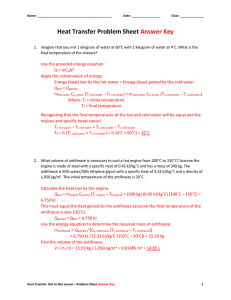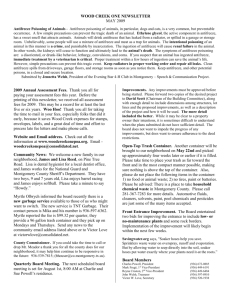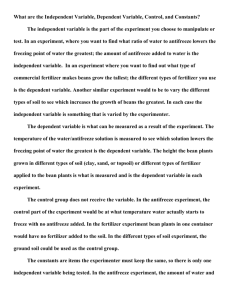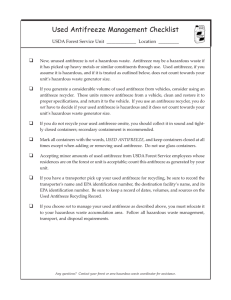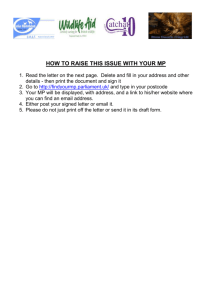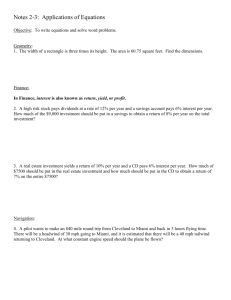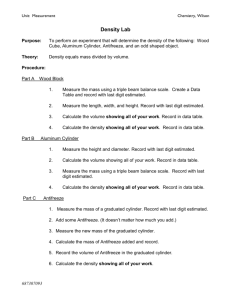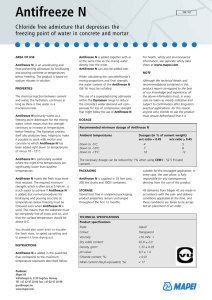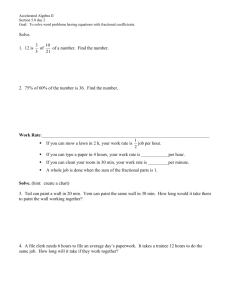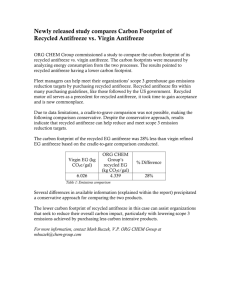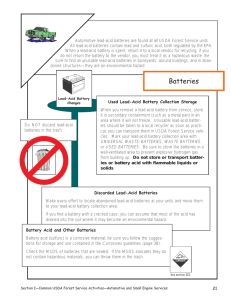UCCS S O P AFE
advertisement
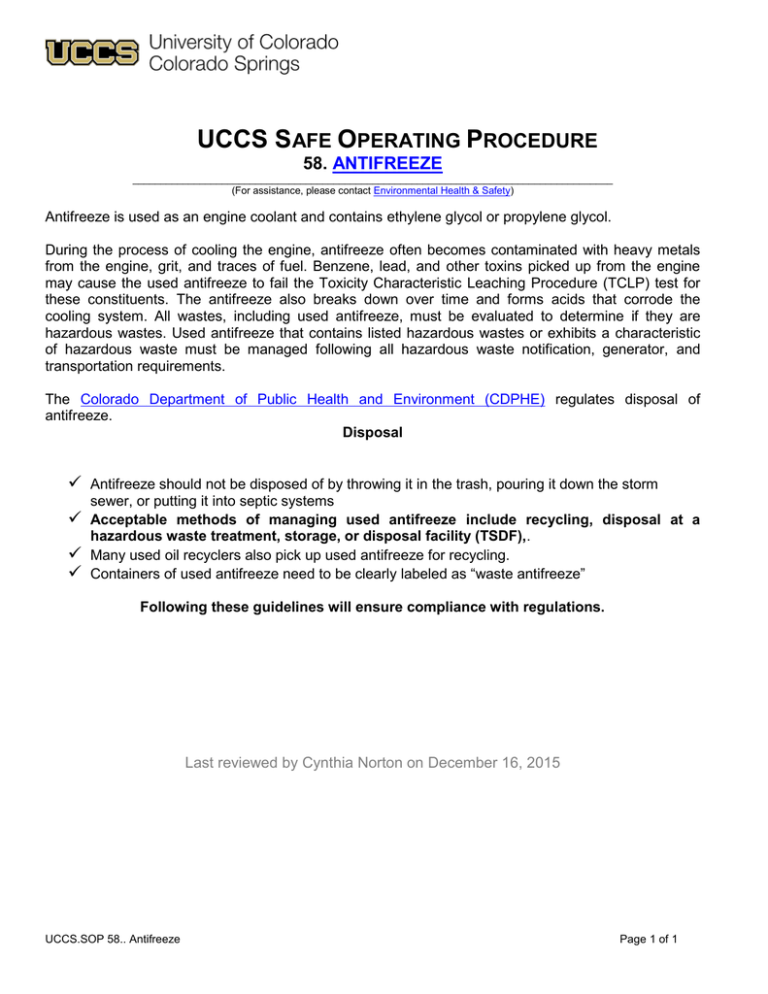
UCCS SAFE OPERATING PROCEDURE 58. ANTIFREEZE ______________________________________________________________________________________ (For assistance, please contact Environmental Health & Safety) Antifreeze is used as an engine coolant and contains ethylene glycol or propylene glycol. During the process of cooling the engine, antifreeze often becomes contaminated with heavy metals from the engine, grit, and traces of fuel. Benzene, lead, and other toxins picked up from the engine may cause the used antifreeze to fail the Toxicity Characteristic Leaching Procedure (TCLP) test for these constituents. The antifreeze also breaks down over time and forms acids that corrode the cooling system. All wastes, including used antifreeze, must be evaluated to determine if they are hazardous wastes. Used antifreeze that contains listed hazardous wastes or exhibits a characteristic of hazardous waste must be managed following all hazardous waste notification, generator, and transportation requirements. The Colorado Department of Public Health and Environment (CDPHE) regulates disposal of antifreeze. Disposal Antifreeze should not be disposed of by throwing it in the trash, pouring it down the storm sewer, or putting it into septic systems Acceptable methods of managing used antifreeze include recycling, disposal at a hazardous waste treatment, storage, or disposal facility (TSDF),. Many used oil recyclers also pick up used antifreeze for recycling. Containers of used antifreeze need to be clearly labeled as “waste antifreeze” Following these guidelines will ensure compliance with regulations. Last reviewed by Cynthia Norton on December 16, 2015 UCCS.SOP 58.. Antifreeze Page 1 of 1
